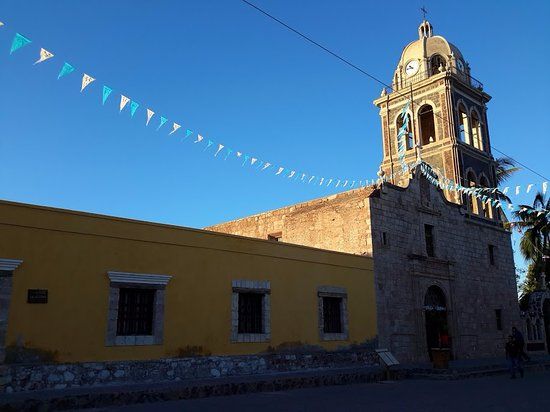Dominicans Did It Better: How They Shaped Baja California Sur's Culture
Discover the evolution of Baja California Sur during the Dominican period. Learn about the preservation of cultural traditions, the emergence of South Californian towns, and the lack of colonial practices.





